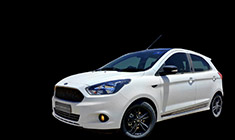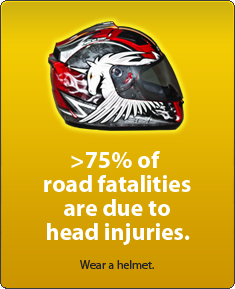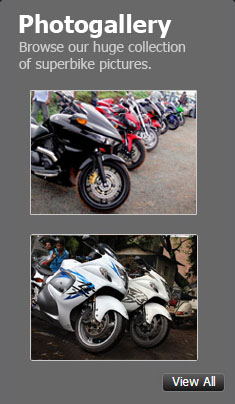News
Why I got the i20 N Line when I really liked the Venue: Detailed review
At the Hyundai showroom, I happened to lay my eyes on the N6 with essentially the same engine & it seemed a much better package for my needs.
BHPian Hoopoe recently shared this with other enthusiasts.
It was in late 2021 that we realized that we needed a small car/mini SUV. We have built a small cottage in the Uttarakhand region and our other relatively largish cars could not navigate the last stretch and reach the doorstep. Even if we managed to negotiate the one sharp turn, it was impossible to turn it around in the narrow strip available to negotiate around the cottage.
We were seriously considering the Venue and even went to check it out and take a test drive. I really liked the driving dynamics of the 1.0 Turbo petrol but we were put off by things like the pretentious plastic-clad steel wheels. I thought it was a joke in a very bad taste—if Hyundai wanted to give steel wheels then they should’ve let them look like that.
I happened to then lay my eyes on the N6 with essentially the same engine. It seemed a much better package and I could see that with its low profile and suspension setup it would offer better-driving characteristics, especially for our requirements.
I have a special respect for proper low-slung sedans and hatchbacks that perform much better, especially on winding hill roads—the low GC evokes more confidence and less throwing-around feeling around sharp turns. I also feel that a hatchback is closer to the original front-wheel drive design that revolutionized the auto industry.
One of our central requirements was good highway performance with a decent safety rating, which the N6 seemed to have on offer. I felt that the N6 with its stiff suspension, all-round discs and low road-hugging profile was a better package in this regard since it also offered a slightly better sitting position for long-distance comfort and even had a few more extra litres of boot space, which was a critical difference for our needs. So, we went ahead and booked it in November 2021.
The car was delivered within a week and it has remained my primary mode of transport since. The car was bought without finance or fanfare and I detest the idea of having frills or ribbons on my cars so the delivery process was rather sedate and solemn and it appeared that the delivery agents were more excited and enthusiastic than we were. This is at least our 15th or 16th car, and that too one of the smallest we have owned yet (apart from the original Japanese-made Maruti 800 of the 1984 lot) so there wasn’t much to be excited about. But, I was still touched by the genuine warmth and feeling of the staff at Nimbus Hyundai here at Noida/NCR.
Features
Apart from regular stuff like a decently sized touchscreen entertainment system (which I feel is more a distraction than of being much practical utility), the N6 came with some very sensible features that have proven themselves valuable over the last 15 months of ownership.
This includes:
- The absolutely top-quality audio quality from the standard speaker set
- An excellent suspension setup
- The well setup all round discs with ABS and EBD
- The fine electric steering (which surpassed my expectation)
- The fine-tuned engine with its throaty exhaust setup
I was also inclined towards the N6 because it offers one core feature—a steering lock combination start switch. I detest the start-stop button, which is a glaring and ugly example of the present trend of ‘over-featurization’. I like the steering key system because despite so many cars and long driving history I have yet to face a keylock failure while I am aware of instances amongst my own friends who were rendered immobile with their relatively new and sophisticated cars because of the failure of the push button system.
It is my philosophy that critical systems should be as robust as possible in any machine. I personally have no respect for the push button start-stop systems simply because rather than adding much value these systems simply introduce more redundant automation that is prone to failure and thus reduce the robustness of the system. The start-stop switch is reminiscent of the system that TATA trucks have had since the beginning and compared to them the steering combination lock system with an electronic key identification is definitely the epitome of good engineering design.
Initially, I wasn’t very thrilled with the clutchless iMT but over the period I have grown used to it and even like it, especially in city driving where crawling conditions are frequent. I am a big advocate of practical features and don’t like pointless and gimmicky stuff. Had I the option, I would have preferred the version without an iMT but unfortunately, the N6 only came with this. I am also not too fond of the all-digital speedo on this car but it does have a utility for 53 years old eyes of mine—it displays the speed and RPM very boldly such that I can clearly read the odo without my glasses.
Overall, the all-black interior, the leatherette seats, the sunroof, the little useful touches like sunglass holder, and sensibly placed storage places, the hard but well-finished plastic and three power outlets for charging one’s digital devices—all this make N6 a practical and enthusiastic little ‘hot-hatch’ for a family car. It also came with a decent set of wheels clad with nice and grippy wide tyres, so overall the package was good, albeit a bit expensive for a hatchback.
Driving
One of my favourite cars—one that I had sold just a few months before N6—was a Ford Fiesta 1.6 Sports. Anyone familiar with that hot sedan knows what that ‘Poor man’s BMW’ really stood for and how it is a tall order for any car to attempt to rival it.
It was in the Fiesta 1.6S that I had previously done most of my hill journeys and I was hoping that N6 with all its marketing claims would come close to its benchmark. To tell the truth, the N6 surpassed some of the characteristics of the 1.6S but true, its engine lacks the low-end torque and sheer pulling power that was so amazing in the former. Astonishingly, the N6 electric steering rivals the superb hydraulic unit of the 1.6S in almost every practical way.
Let’s talk about the engine and its driving characteristics together with the clutchless iMT. The low-end grunt of the three-pot unit is not very inspiring and the throaty exhaust note feels more pretentious if you are driving in a sedate mode. But, the power kicks in just beyond 1800 rpm and between 2000-2800 it really pulls off, dropping off again gradually beyond that range. True to a Hyundai character, the machine seems ultra-refined and smooth to the extent of being feather-light and free-rolling.
This makes the gradual shifts in the engine power output quite noticeable. The gears are nice and the iMT also operates in a rather protective way, so if you shift fast and give sudden power inputs with the accelerator, the clutch seems to take its own sweet time in engaging. This tends to make you feel unnerved, especially if you are used to the performance of DSGs on European cars or if you have recently been playing with the 1.6S mated to a manual gearbox. So, in this respect, the iMT needs some getting used to.
On the other hand, the extremely stable posture of the car, good noise isolation and excellent suspension setup make the car seem slower and thus more under control than it actually is on the road—it is rather a bit frustrating as it seems that everyone else is driving too slowly and one is always left feeling as stuck in slow-moving traffic. The car simply yarns for open roads.
Over the months I have learnt to educate myself and drive more sedately and less intensely thus achieving the same spirited performance that I used to get from my other performance cars. In this sense, the N6 is a more relaxing, enjoyable automobile and driving it needs some education to truly utilize and appreciate its potential.
On flat highway stretches it swiftly touches the usual 80-100kmph mark as a matter of routine and the overdrive 6th gear helps cruise smoothly at such speeds with confidence. I can easily cover my usual 300km highway drive without fuss, fatigue or drama, and this is in itself a remarkable feat. Even when I drive rather sedately, the time taken is usually less than expected and I remain stress-free and feel well-protected. The only issue is the occasional speed bump that mostly requires slower than normal navigation lest the hard suspension gives you a ‘wake-up’ jerk—as it so often happens at the over-designed toll gates that usually welcome us with giant breakers ahead of them.
On the hills, though, the engine must be kept in high revs to extract the necessary power from the turbo and thus maintain the requisite grunt. Since I grew up with torquey Diesels like the 2.5 litre naturally aspirated engine on the Qualis of the first Toyota lot, my expectation for low-end performance is always a bit extreme, especially on the hills. But reminding oneself that no petrol can ever match that kind of torque, makes this car seem adequately respectful. Driven correctly, the N6 is rather sprinty on the twisty ascents and easily leaves every other automobile huffing and puffing far behind. Use the gears wisely and one simply becomes a mountain goat!
The mileage is a matter that has been most surprising. Within the city, where I am not too fast but not too slow either, the car returns a regular 16-18kmpl. On straight highways, the output touches even around 20kmpl if I do not push it beyond 100kmph. I never drive beyond 110kmph for extended lengths of time so I have never explored the return at excessively high speeds. But the 20kmpl I mention is almost always with a fully laden car, i.e., with four hefty adults and a boot full of heavy luggage (we are not light travellers). The interesting fact is that the driving performance is barely hampered even when the car is laden this way. Downhill performance is notably improved due to obvious reasons and its even and controlled braking characteristics. I am usually always one of the fastest climbers uphill and similarly the most controlled and sprinty descender downhill.
In all of my previous cars, the 7-8 hour 360 km one-way journey has always made me feel slightly tired at the end. I can recall feeling somewhat dizzy at the end of almost every drive prior to the N6. With the N6, though, despite my 53 years of flesh and bones, I feel fresh and energetic even after a long 6-8 hour non-stop journey. There were times when I could drive all the way and then straight hop into my work chair to attend a long-distance call or finish some critical work. I think this sums up the essence of what this car really is. It is a perfectly composed and well-sorted family hatchback with an almost perfect blend of performance, composure and refinement.
Drawbacks
Nothing in life is perfect. So, even this decent hatchback has its limitations. To me personally, the one limitation is the lack of knowing one’s bearing, owing to the excessively sloping front hood. You see, I grew up with Ambassadors, Qualis-es, Mahindras etc. To be able to see the extremities while driving is like a habitual necessity for me now.
On the N6 one simply does not see the far end up front and one must always apply the abstract judgement of where one is positioned. This is counterintuitive for a person like me who spent most of his driving life judging things on physical, visible evidence. The same is true while reversing and being dependent on a rear camera rather than an airy, clear rear view is still something I have not really gotten used to. Apart from this basically altered design characteristic, which might be alright for one growing up in this new virtual environment—for they can still acclimatize themselves to such dynamics—there is no real practical flaw in this otherwise well-designed piece of machine.
Maintenance
I chose a metallic grey colour, partly because I really like the car in this Ash-hue where the sharp cuts of the body line are most lucid, and mainly because this piece was readily available to take at the time without waiting. I have owned mostly light or fawn-coloured cars previously and found that the dark shade is particularly hard to keep clean, especially when one is finicky and over-zealous about cleanliness.
I always found the cleaner’s job wanting and have now resorted to a proper wash every once in a while with a polishing routine every few months. The paint job, being no rival to the mighty German or the Japanese machines, is still very decent and better than the Marutis. Keeping it shiny and tidy is a chore.
In a practical sense, the car has so far had only one minor problem: a warning light came on due to faulty temperature sensor reading in the first few months itself. This was corrected by a reset using an OBD tool at the service station—the process took only a few minutes.
On my recent trip to the hills both the front TPS sensors on the wheels started indicating low pressure, despite the pressure being within the correct range. As expected, the warning disappeared after two days by itself and has not come back. Perhaps it was the excessive pressure variations on the front wheel while negotiating steep descents on the hills that triggered this warning. The car’s performance, otherwise, has been flawless and consistent through the almost 9000 km that I have driven it in all kinds of conditions that range from freezing sub-zero Himalayan altitudes to the summer high heat of New Delhi.
Conclusion
Overall the N6 is a fine daily commuter and seems so far to be an extremely reliable and dependable transport, albeit at a slightly high cost than average. But considering the fun and premium feel such as its plush and well-finished steering wheel, you end up enjoying it every time you sit in it. So far I have had a lot of fun with it and I intend to note the progress of the ownership through this thread. I will greatly appreciate it if fellow Team-BHPeans add their bits and experiences to fill the gaps and add colour to it. Thank you all for reading and participating in this.
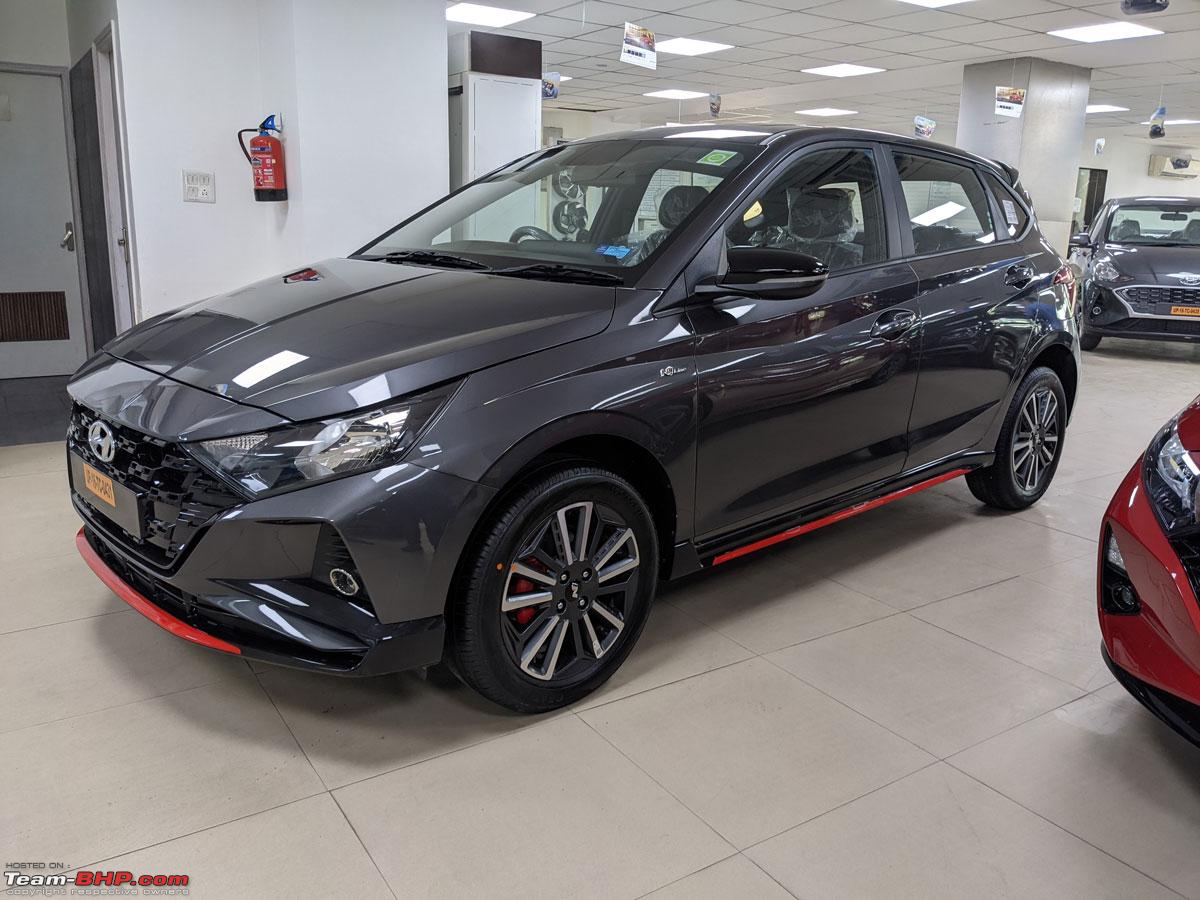
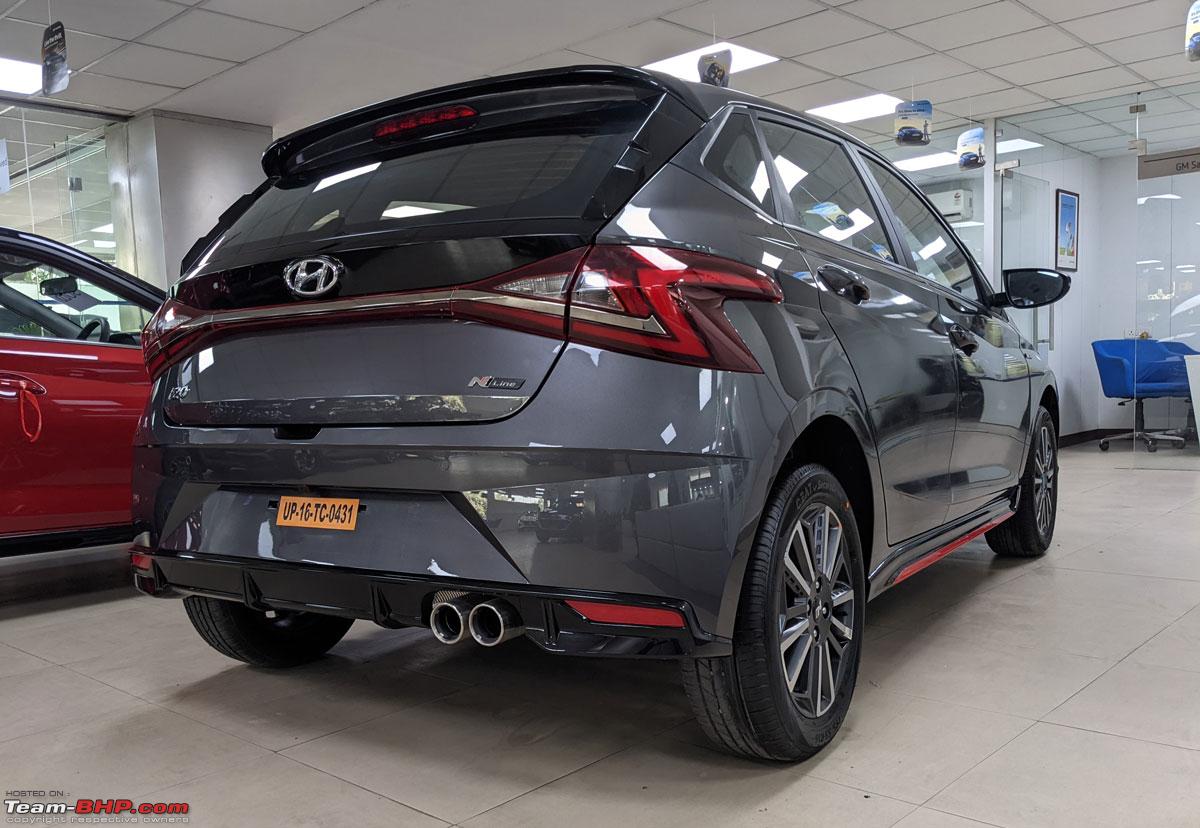
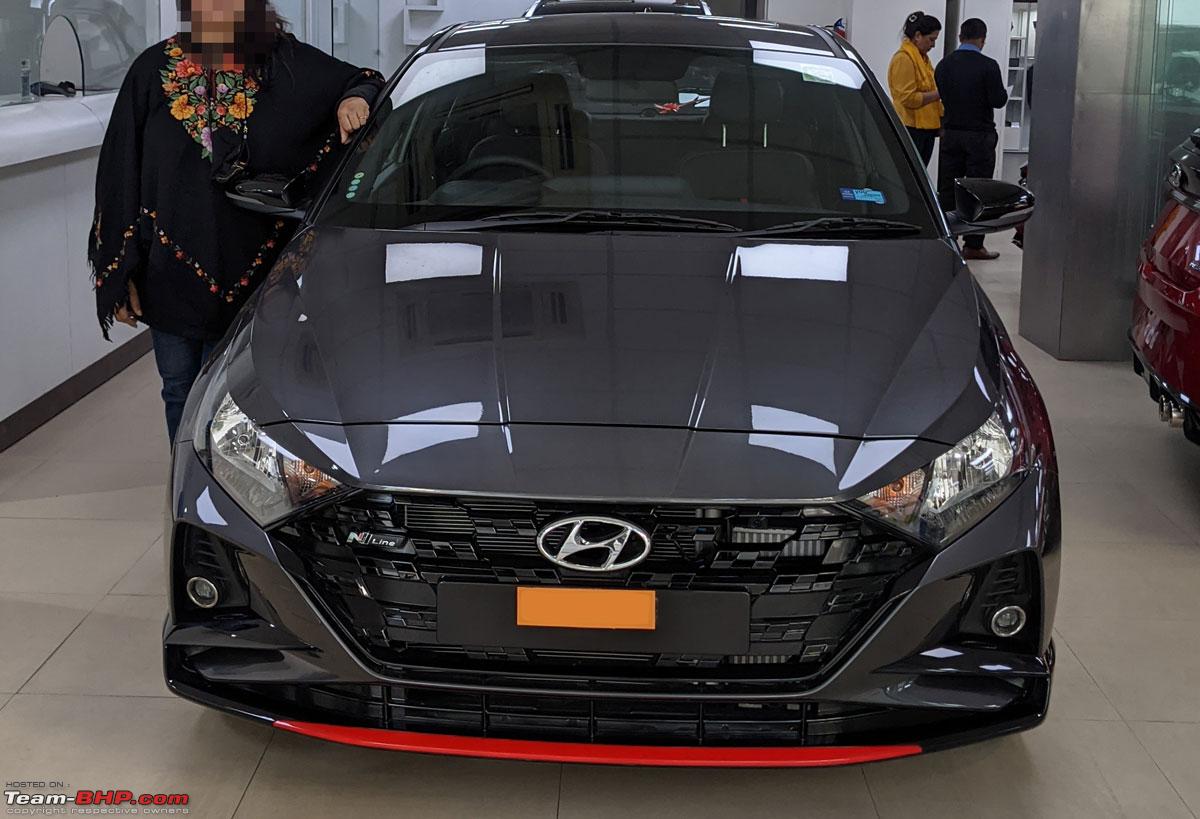

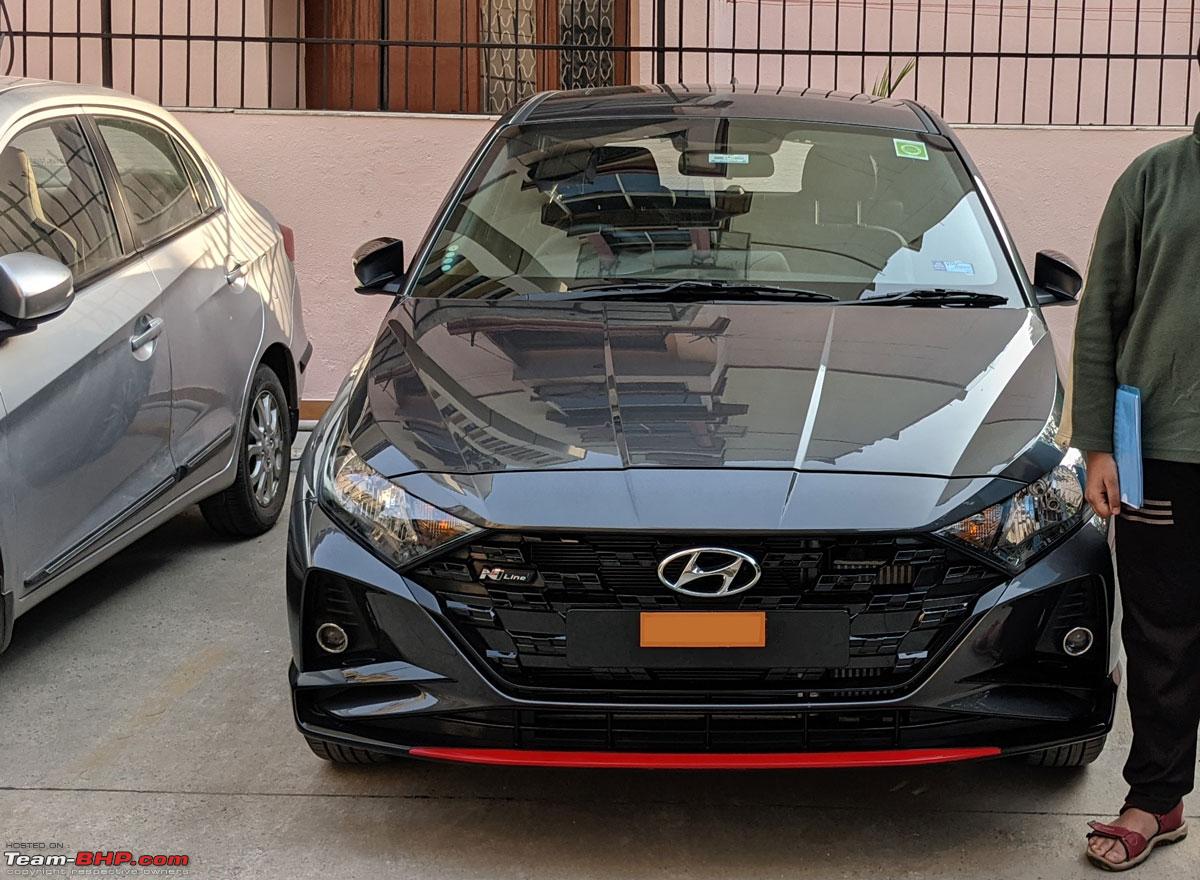

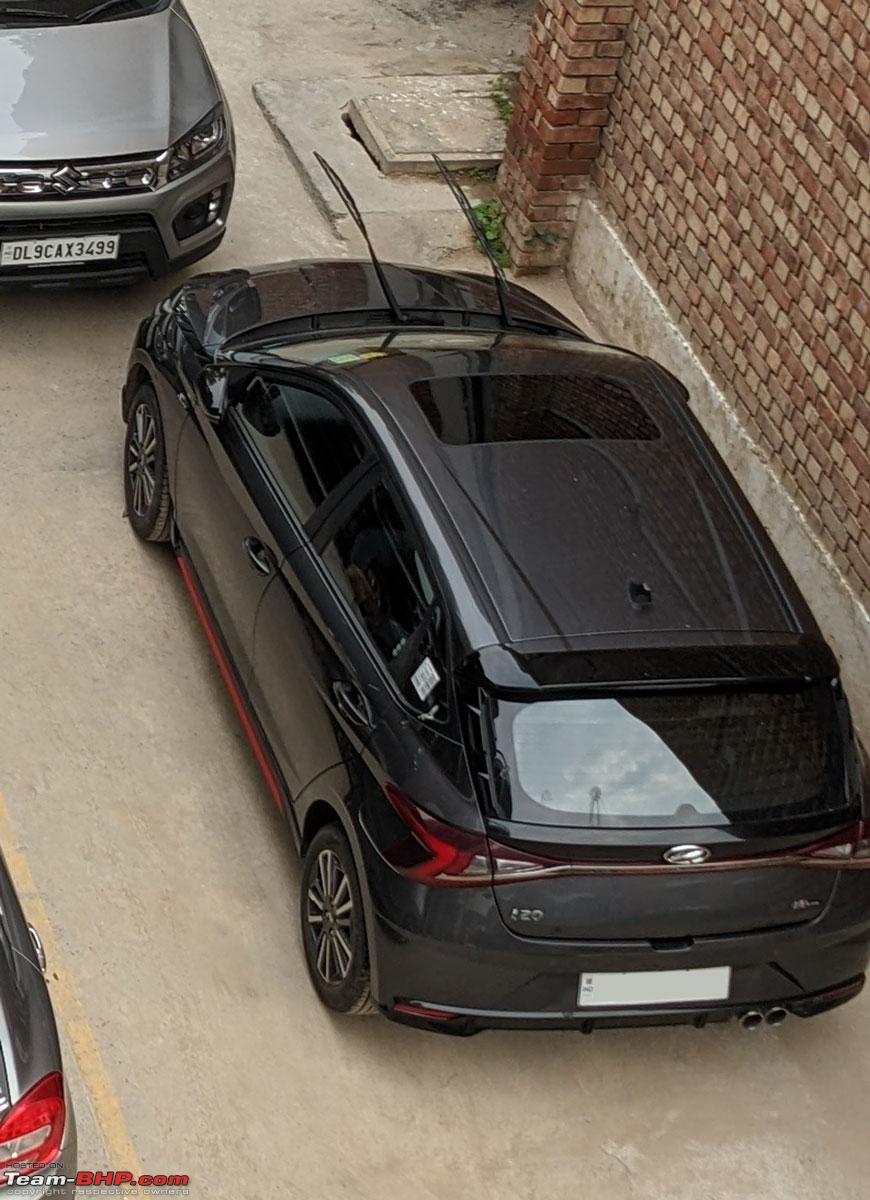


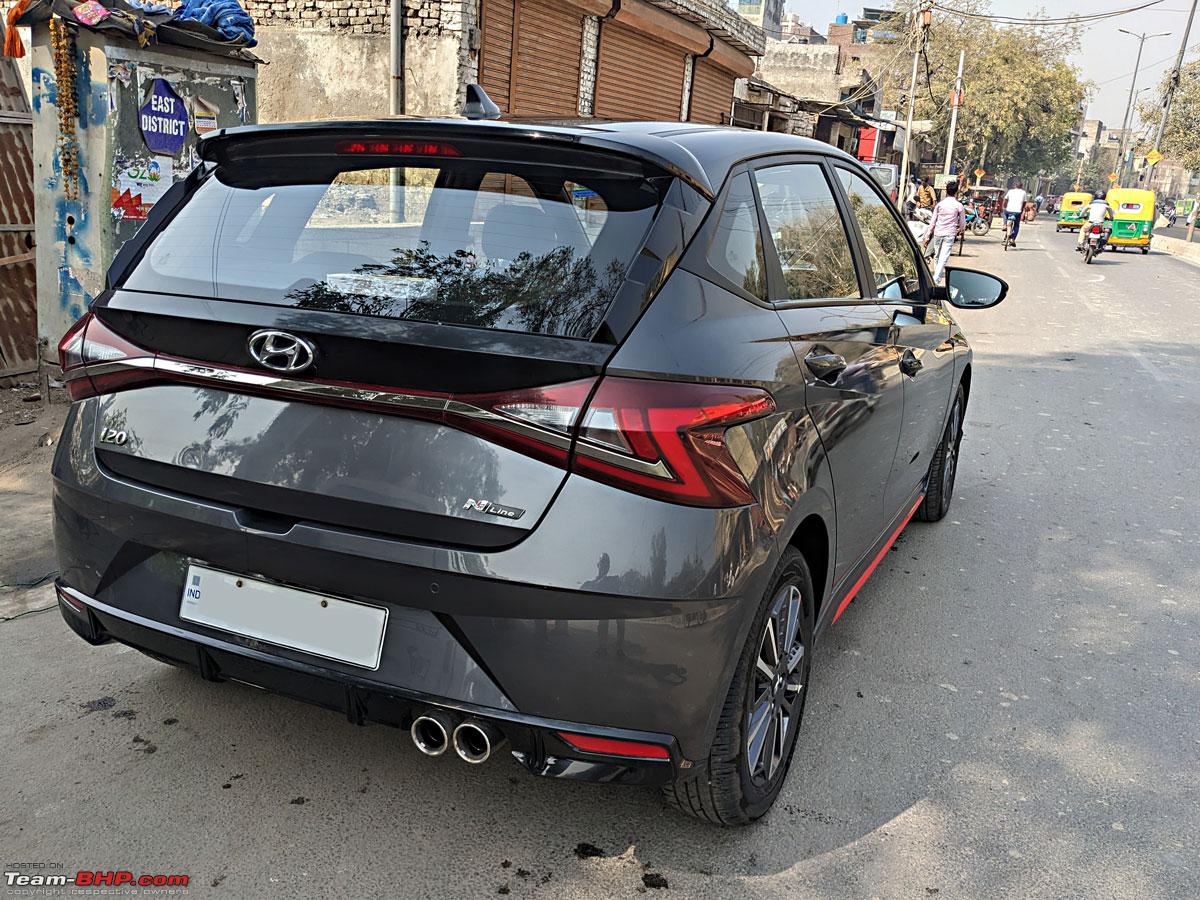
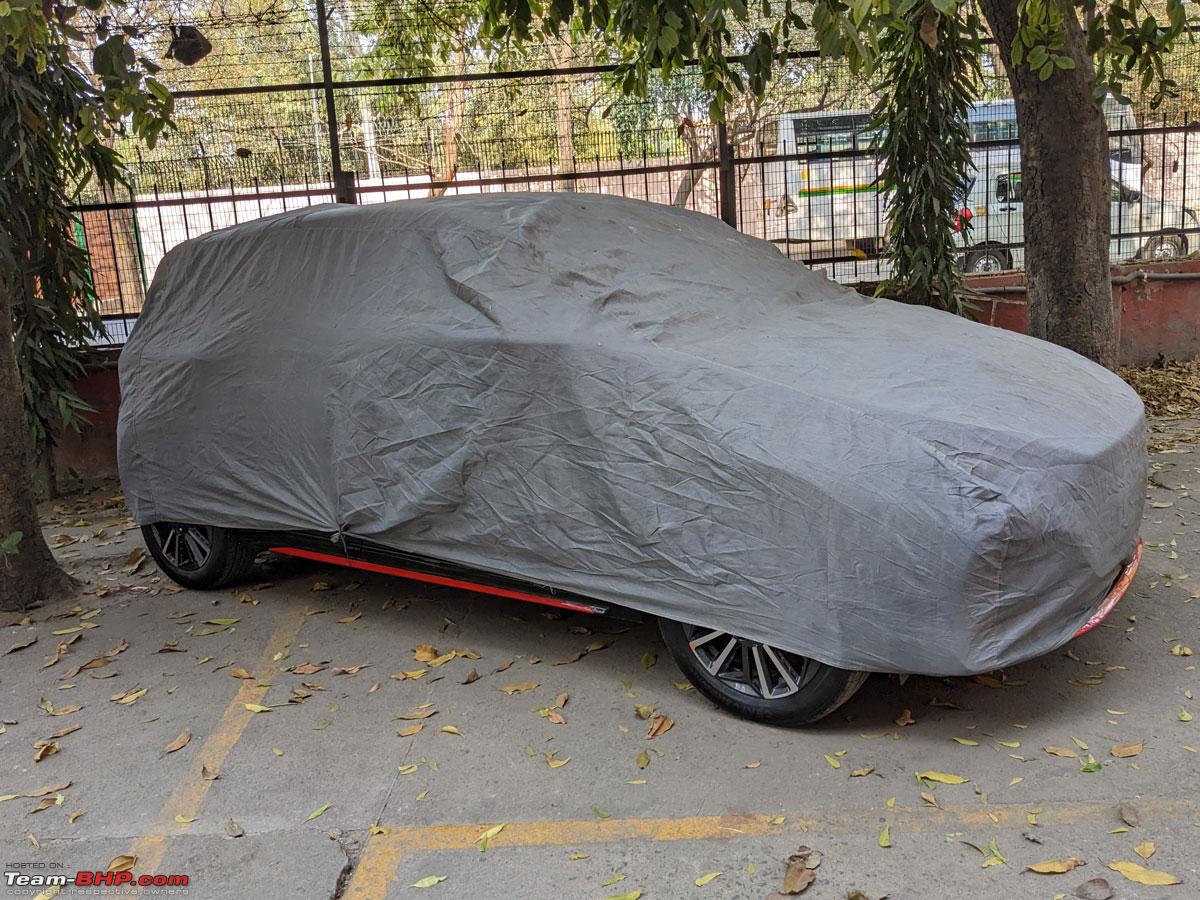
Check out BHPian comments for more insights and information.


















.jpeg)

_7.jpg)


